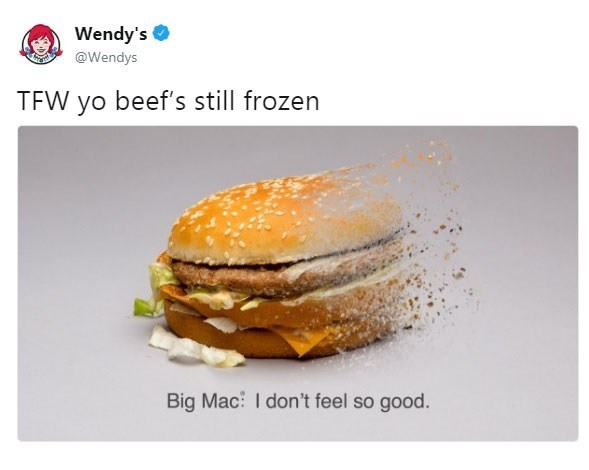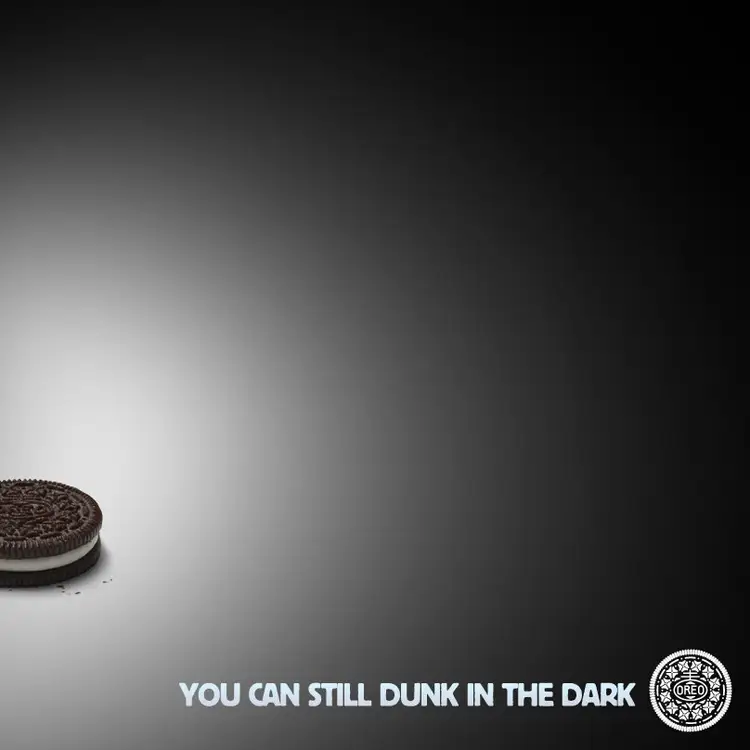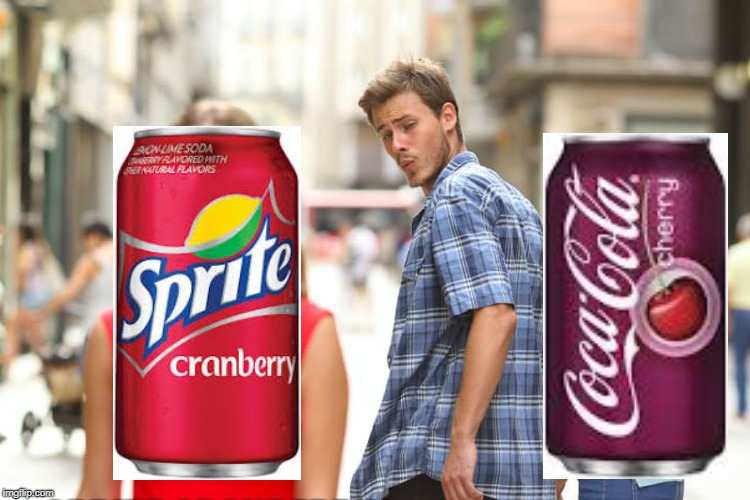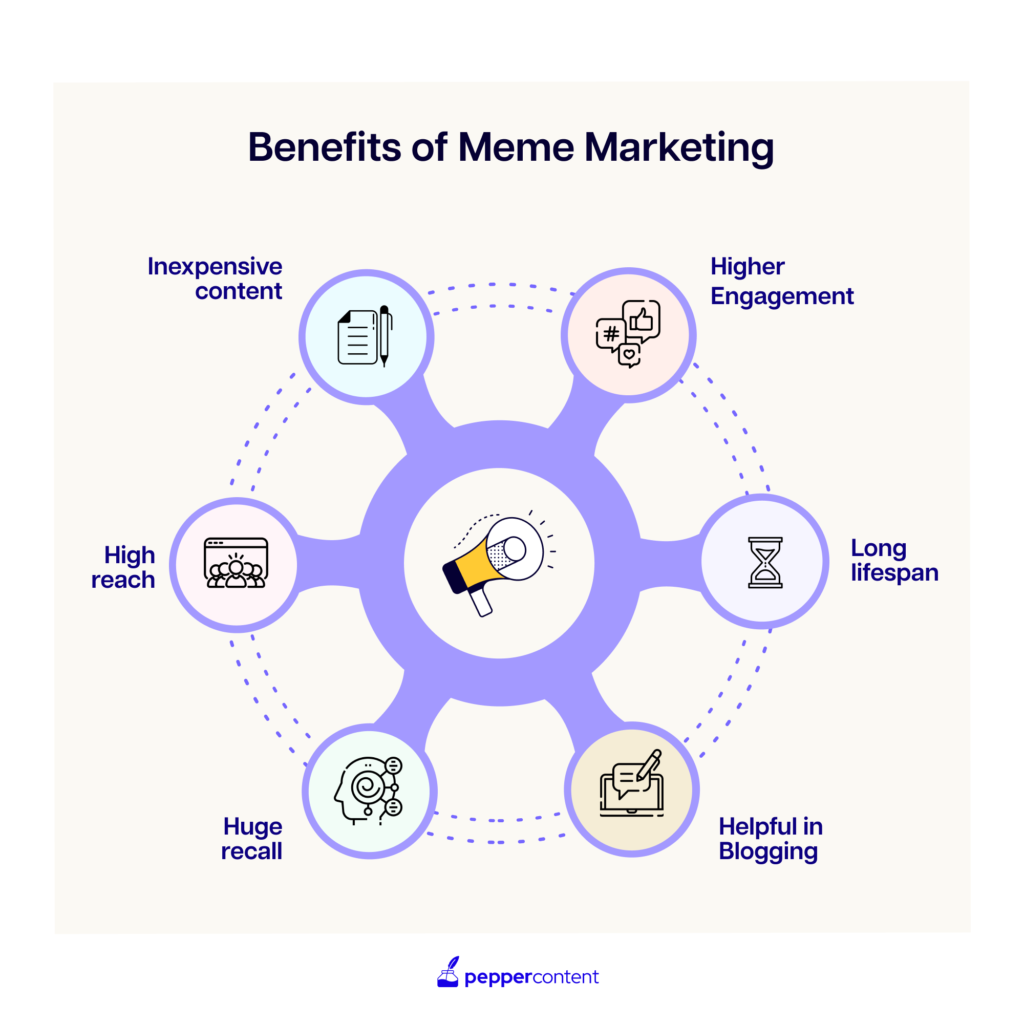Memes Unleashed: Supercharge Your Content with Visual Marketing Strategy

Welcome to the world of memes, where humor and relatability reign supreme. In today’s digital era, memes have become a vital part of our online culture, dominating social media feeds and conversations. As content marketers, we need to stay ahead of the game and find innovative ways to engage our target audience. Memes provide an incredible opportunity to connect with users on a personal level and build a sense of community around your brand.
In this article, we will explore how you can leverage the power of memes to supercharge your content marketing strategy and captivate your audience like never before. So, let’s dive in and unlock the potential of your visual content marketing strategy with memes!
The Power of Memes
Memes have become an integral part of our daily online interactions, and their power in content marketing, especially visual marketing strategy, should not be underestimated. Memes have the unique ability to create engagement and foster a sense of community among audiences.
Brands that have embraced memes in their marketing campaigns have seen tremendous success. Take Wendy’s, for example. Known for its sassy Twitter presence, Wendy’s has used memes to connect with its audience on a deeper level. Their humorous and relatable content has generated high engagement and brand loyalty.

This example shows how memes can be used as a powerful visual marketing strategy tool to humanize brands, spark conversations, and strengthen relationships with customers.
Understanding Your Audience
To effectively incorporate memes into your content marketing strategy, it is crucial to understand your target audience. Knowing their preferences, interests, and online behavior will help you create memes that resonate with them and drive engagement.
Conducting audience research is key to gaining insights into your target demographic. You can start by analyzing data from your website analytics, social media platforms, or conducting surveys. Look for patterns in the type of content they engage with and the memes they share or react to. This will give you a clear understanding of their sense of humor, interests, and values.
A great example of a brand that understood its audience’s preferences is Oreo during the Super Bowl blackout. When the lights went out during the game, Oreo quickly tweeted a meme saying “You can still dunk in the dark.” This simple yet relatable meme resonated with their audience, resulting in massive engagement and positive brand sentiment.
By understanding your audience and creating memes that align with their interests and values, you can establish a deeper connection with them and build a strong community around your brand. With this knowledge in hand, you can start crafting memes that will truly resonate with your target audience and ensure the success of your visual marketing strategy.

Identifying Relevant Trends and Events
In the fast-paced world of memes, staying up-to-date with the latest trends and events is crucial for creating content that resonates with your audience. By tapping into these cultural moments, you can create memes that feel relevant and timely, capturing the attention of your target market.
One example of a brand that successfully incorporated a viral trend into its meme campaign is Netflix with its ‘Bird Box’ meme campaign. When the movie ‘Bird Box’ took the internet by storm, Netflix seized the opportunity to engage its audience in a fun and relatable way. They created memes that played on the blindfolded characters from the movie, using witty captions and humorous imagery to generate buzz. This campaign not only increased brand visibility but also sparked conversations around the movie and encouraged people to watch it on Netflix.
To identify relevant trends and events for your meme creation, keep a close eye on pop culture references, news headlines, or viral moments. Social media platforms like Twitter, Instagram, and TikTok are great sources for discovering what’s trending. Remember to tread carefully when incorporating trends or events into your memes. It’s essential to strike a balance between being current and avoiding insensitive or controversial topics.
Incorporating Brand Messaging
When it comes to creating memes for your brand, it’s essential to strike a balance between humor and brand messaging. Memes should not only entertain but also align with your brand’s values and marketing goals. By injecting humor or creativity into your memes, you can effectively promote your products or services while engaging your audience.
By aligning meme content with your brand’s values and messaging, you can create a strong connection with your audience while memorably promoting your products or services.
Creating Memes That Resonate
When it comes to meme creation, it’s all about striking a chord with your audience. To create memes that resonate, you need to understand the preferences and interests of your target audience. Keep in mind that simplicity is key when designing memes. Visual appeal and clear messaging are crucial for grabbing attention and ensuring your visual content marketing strategy is easily understood.
One prime example of a meme that hit the mark is the ‘Distracted Boyfriend’ meme. This stock photo featuring a man turning his head while his girlfriend looks on in disbelief became a viral sensation. Brands like Sprite used this meme to their advantage by cleverly incorporating their products into the image. They tapped into the relatable theme of distraction and infidelity, using humor in their visual content strategy to connect with their audience.

The success of these memes lies in their ability to evoke emotions and engage viewers instantly.
Sharing Memes Across Platforms
A visual content marketing strategy with memes is the most effective when shared across various platforms to reach a wider audience. Social media platforms like Facebook, Instagram, Twitter, and TikTok are ideal for meme distribution due to their highly visual nature and wide user base. Additionally, blogs and websites can also serve as effective platforms for sharing memes.
Each platform has its own unique requirements and audience preferences, so it’s important to adapt memes accordingly. On social media, where memes often go viral, it’s crucial to keep posts short and visually appealing. Adding captions or text overlays can help convey the message more effectively.
On blogs or websites, memes can be embedded within relevant articles or used as standalone content. The key is to ensure that the meme aligns with the tone and style of the platform and your visual content strategy. For example, on a professional blog, a meme should be informative and relevant while still incorporating humor.
To optimize memes and supercharge your visual content marketing strategy for maximum reach and engagement, consider the following tips:
Use hashtags: Incorporate popular and relevant hashtags to increase visibility and attract users who are searching for specific topics.
Encourage sharing: Include social sharing buttons on your website or blog to make it easy for readers to share your meme on their networks.
Engage with comments: Responding to comments on social media platforms can help foster deeper connections with your audience and encourage further sharing.
Experiment with formats: Try different types of memes such as image-based memes, GIFs, or video memes to cater to varying audience preferences.
The Dos and Don’ts of Memes in Visual Marketing Strategy
Memes can be a powerful tool for enhancing visual content marketing efforts, but it’s important to use them strategically and responsibly. Here are some dos and don’ts to keep in mind when incorporating memes into your brand communication:
Dos:
1. DO know your audience: Before creating or sharing a meme, make sure it aligns with the preferences and interests of your target audience. Conduct thorough audience research as a part of your visual marketing strategy to understand what type of humor resonates with them.
2. DO stay on brand: While memes are meant to be lighthearted and humorous, it’s crucial to maintain consistency with your brand messaging and visual content strategy. Ensure that the meme aligns with your brand values and won’t be perceived as offensive or inappropriate.
3. DO inject creativity: Memes thrive on originality and creativity, so don’t be afraid to put a unique spin on popular formats or create your original memes. Stand out from the crowd by bringing a fresh perspective to your content.
4. DO leverage popular trends: Keep an eye on current trends or viral moments that align with your brand and incorporate them into your memes and visual content strategy. This will help you stay relevant and engage with your audience on topics they’re already interested in.
Don’ts:
1. DON’T force it: Not every piece of content needs a meme attached to it. If a meme doesn’t naturally fit with your message or brand, trying to force it may come across as inauthentic or desperate for attention.
2. DON’T offend or alienate: Memes should be light-hearted and relatable, but they should never offend or alienate any segment of your audience. Avoid using memes that could be interpreted as discriminatory, controversial, or offensive.
3. DON’T sacrifice clarity for humor: While humor is important in memes, ensure that the message you’re trying to convey is still clear and easy to understand. Don’t sacrifice communication clarity for the sake of a joke.
4. DON’T forget to track metrics: As with any content marketing strategy, it’s essential to track the performance of your meme campaigns. Monitor metrics such as likes, shares, comments, and website traffic to evaluate the success and effectiveness of your meme content.

In today’s digital landscape, memes have become a powerful tool for content marketers. By leveraging memes, brands can create engaging content that resonates with their audience and builds a sense of community. Memes allow for the injection of humor, creativity, and relatability into brand messaging, making it more memorable and shareable. So, if you’re looking to supercharge your content marketing strategy, it’s time to embrace the meme culture and start creating visually appealing, relatable, and shareable content.
Before getting started with a visual content marketing strategy, you first need to know what content to create and how to distribute it considering your product or service as well as your previous strategy. Say hello to Pepper CMP, a revolutionary Content Marketing Platform that helps marketing teams ideate, create and distribute content fast and at scale with the power of generative AI and Pepper’s expert talent network.
Latest Blogs
Explore how Google’s 2025 AI search updates triggered ranking chaos. Learn actionable strategies to adapt your SEO for AI Overviews, zero-click searches, and SERP volatility. Stay ahead now.
Learn how to rank on AI search engines like ChatGPT, Perplexity, and Gemini by optimizing your content for authority, structure, and relevance. Stay ahead in AI-driven search with this strategic guide.
Explore the best healthcare SEO services for your medical practice. Improve online visibility and effectively reach more patients in need of your services.
Get your hands on the latest news!
Similar Posts

Content Strategy
5 mins read
Choosing The Best Healthcare Marketing Agency For Effective Content Solutions

Content Marketing
4 mins read
Top 10 Agencies B2B SaaS Content Marketing for B2B Success

B2C Marketing
5 mins read